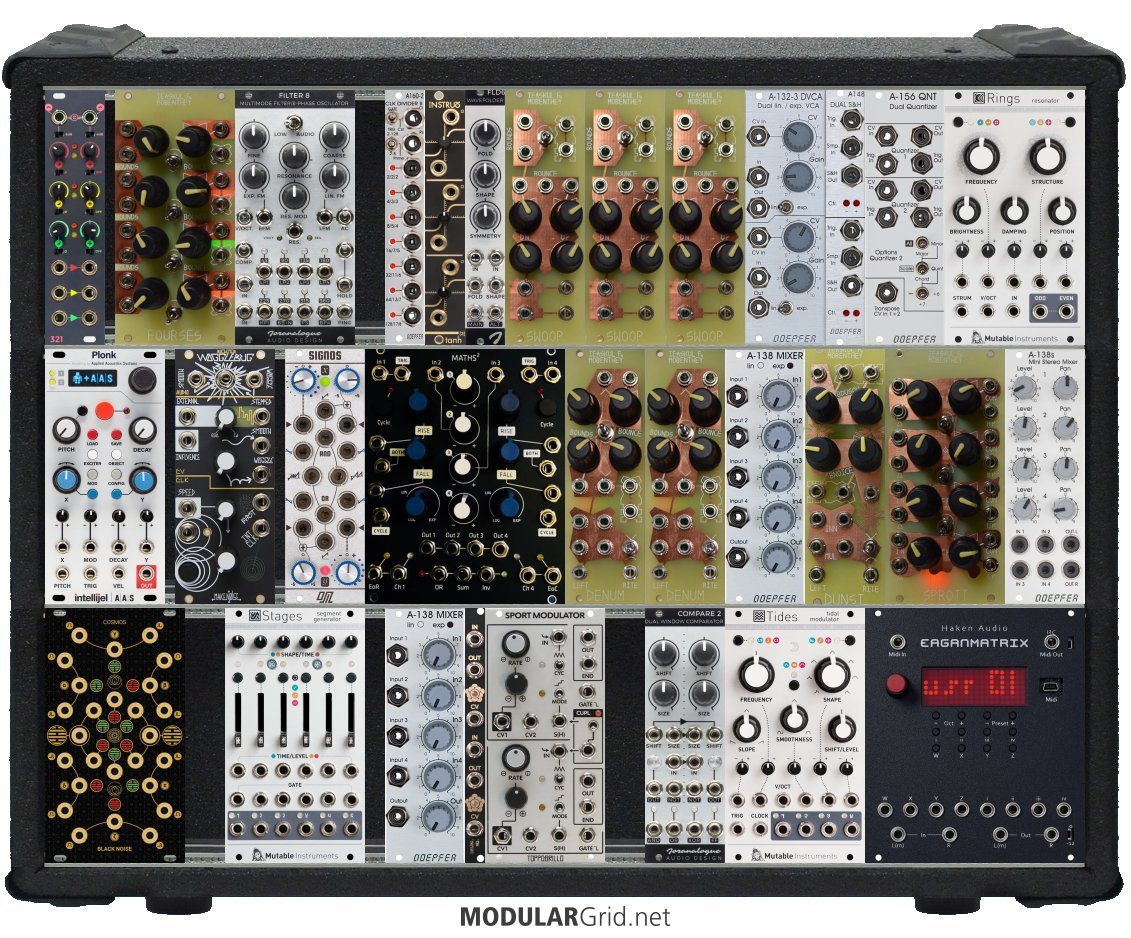Hi folks, thanks for the ideas above!
Update: I decided to go ahead with a few modules from NLC that I've been wanting for some time. Triple Sloths, Hypster and Squid Axon. Triple Sloths is well known and loved; Hypster was strongly recommended to me as something great for my use cases; Squid Axon, well me and the GF have a big kitty who acts like a giant squid quite often, so clearly I needed a Squid Axon. It actually does look like a cool and useful module, but names matter, I couldn't resist... BTW the videos on the bottom of the NLC module pages will show you what these do, in case you're curious.
I've had a scan of the modules mentioned above. IMO the Elby Designs and Zlob modules sound like very good alternatives / complements for the type of chaos I'm looking for. The Elby in particular are by Ian Fritz who also originated the ideas behind the NLC Hypster. I'll consider those in the future if I need to add more chaos. Wogglebug I would also likely add, if it was ever available...
I have to say, of all the Eurorack modules I've considered, the chaos modules are among the hardest I've found to compare / select. Some considerations I've come had:
-- smooth or jerky: for example NLC has some jerk chaos modules, don't think I need those now (and frankly can hardly imagine a musical use for them)
-- rate: slow like Sloths appeals to my use cases, as well as having some faster moving chaos signals. I can't yet imagine a musical use for audio-rate chaos signal
-- controls: I'm finding a lot of these units (esp the NLC ones) are more "user influenced" than "user controlled" e.g. one cannot rigidly constrain the chaos behavior, just "nudge" the behavior a bit here or there.
-- # of outputs: all things considered I'd like a chaos unit with more outs so it can add wander/slop to more destinations.
-- appealing videos: as the descriptions of the module can leave so much to the question "what does it do," the modules for which there are decent videos showing the module in action producing musically interesting (to me results) go to the top of my consideration set
Lastly, for those interested, there's a thread at MW by Ian Fritz that brings up many (and more technical) issues of chaos modules in Eurorack https://modwiggler.com/forum/viewtopic.php?t=194284&start=0&postdays=0&postorder=asc&highlight=
I wanted to post this to wrap this thread up (at least from my end for now). Again, thanks for all the ideas and comments!


